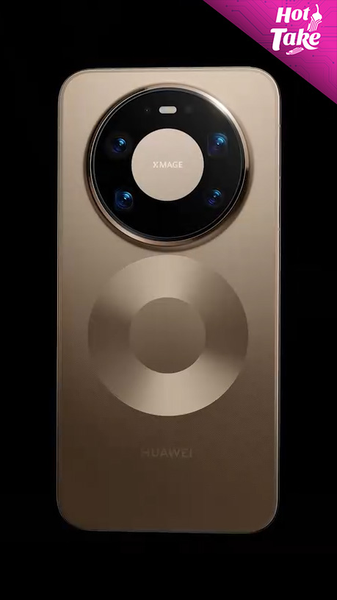Six hours after a tiny electrode was implanted onto his cervical cord, 35-year-old traffic police officer Liu Boqi felt a subtle twitch in his fingers 😊. That single moment at the Second Norman Bethune Hospital of Jilin University in the northeast of the Chinese mainland proved to be a game-changer.
Just two nights before Christmas 2024, Liu was in a road accident that shattered his third cervical vertebra (C3) and left him completely paralyzed in all four limbs. His odds of survival were under 10%, says Dr. Wu Minfei, deputy director and an experienced orthopedist at the hospital.
Thanks to the discipline he built during his army days, Liu pulled through the first surgery. But standing on his own two feet? That called for next-level tech.
One month into rehab, Liu’s medical team decided on an innovative electrode stimulation surgery. This implant sends gentle electrical pulses to bridge damaged nerves, acting like a bio-bridge for signals from the brain to the body.
Within six hours after the procedure, Liu’s doctors witnessed a miracle 💥. Pairing the implant with a sleek, robotic exoskeleton—a wearable “robot legs” suit—Liu has since stood up and even taken his first steps.
His journey has inspired others, like Zhao Yanchun, who read about Liu and chose the same surgery. Both are taking the lead as pioneers of a treatment that mixes neural interface technology with wearable robotics.
Electrode stimulation and exoskeletons hint at a future where spinal cord-computer interfaces offer real hope to paralysis patients worldwide. For young tech lovers and social advocates alike, Liu’s story shows how cutting-edge innovation can transform lives.
Reference(s):
Trailer: Paralysis patients might be looking at a glimmer of hope
cgtn.com




